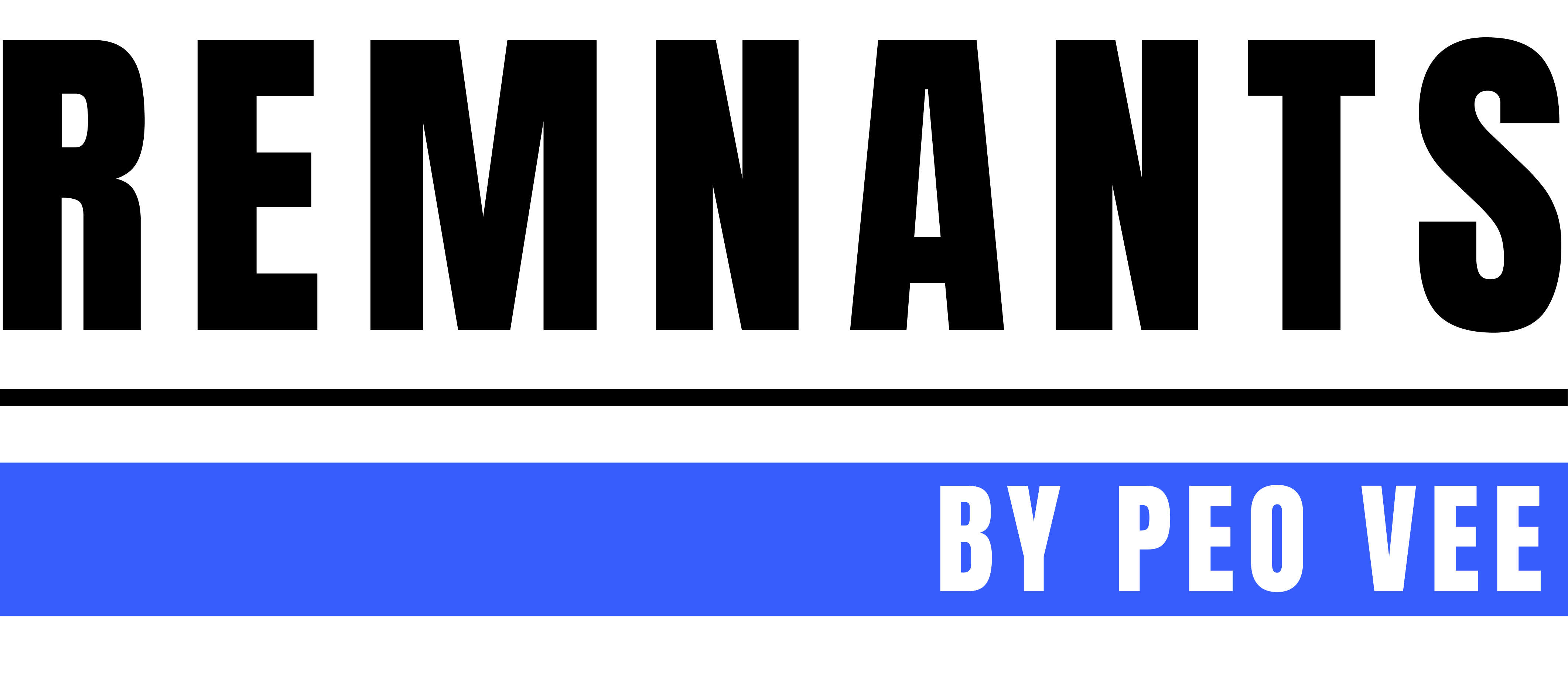Sometimes a craft sneaks up on you.
That’s what happened when I came across a few vintage embroidery kits tucked into a box of supplies: some linen towels, embroidery floss in bold colors, and a few unopened kits marked “Beautiful Swedish Embroidery.” I had never heard of Huck embroidery before, but something about the designs caught my eye: neat, rhythmic lines of geometric stitching that looked almost woven into the fabric.

Naturally, I took to Google and started digging.
What Is Huck Embroidery?
Huck embroidery, also known as Swedish weaving or Huck weaving, is a style of decorative embroidery traditionally worked on a specific type of fabric called Huck cloth (also known as Swedish cloth or monk's cloth depending on the variation).

Unlike most embroidery styles that go through the fabric, Huck embroidery glides the needle under the surface floats of the weave, meaning the stitches sit on top without showing on the back. This makes it ideal for decorating towels, runners, table linens, and other items where you want a beautiful front and a clean, flat back.
The designs are often symmetrical, linear, and deeply meditative to stitch. Think diamonds, waves, zigzags, and arrows, all made by following the natural grid of the cloth.
Where Does Huck Embroidery Come From?
Huck embroidery has strong ties to Swedish and Scandinavian folk traditions, where textile decoration has long been a blend of utility and artistry. In Sweden, it became especially popular during the early 20th century as a way to embellish everyday items like dish towels and table runners, elevating something ordinary into something gift-worthy and heirloom-level beautiful.

The technique spread internationally through craft books, kits, and home economics classes, especially in the U.S. during the 1940s–60s, when it was commonly taught to young girls as an introduction to needlework.
Today, many vintage kits still carry the label “Swedish Huck Embroidery,” and the style retains a loyal following among stitchers who appreciate its blend of structure and serenity.
Why Do People Love It?
Now that I’ve tried it, I get the appeal. Huck embroidery has a few qualities that make it especially satisfying:
🧵 It’s meditative. Following the float structure of the cloth means you don’t have to count threads or follow complicated charts. Once you get a rhythm going, it becomes pure stitching flow.
🧼 It’s clean and practical. The back of the fabric stays smooth and thread-free, which makes it ideal for things that will be used and washed often (like towels or pillowcases).
🎨 It’s graphic and modern. Even though it’s vintage, the patterns feel modern. It’s easy to imagine Huck embroidery on contemporary linens, wall art, or even wearables.
♻️ It works beautifully with reclaimed materials. You can absolutely try this technique on secondhand monk’s cloth, vintage towels, or any fabric with a similar weave. It’s reuse-friendly and low-waste.
Getting Started with Huck Embroidery
If you’re curious to try it yourself, here’s what you’ll need:
-
Huck fabric (or monk’s cloth, Aida cloth, or any even-weave fabric with surface floats)
-
Tapestry needle (blunt-tipped, to slide under the floats)
-
Embroidery floss or pearl cotton
-
A simple pattern (or make up your own geometric rows!)
And if you happen to spot an old kit at a thrift store or swap meet—grab it. These old supplies still have so much creative potential, especially in the hands of today’s stitchers.
P.S.
If you’ve ever stitched Huck embroidery, or have pieces passed down from a parent or grandparent, I’d love to see them. These traditions are worth remembering and reimagining.
And if this is your first time hearing about Huck? Welcome. It’s a quiet little craft with a lot of charm. The kind that stays with you.
🧵 Huck Embroidery: Frequently Asked Questions
Q: What is Huck embroidery?
A: Huck embroidery, also known as Swedish weaving, is a style of surface embroidery stitched on Huck or monk’s cloth. The needle passes under the surface floats of the fabric without piercing through, creating decorative geometric patterns that are visible only on the front.
Q: Is Huck embroidery the same as Swedish weaving?
A: Yes! The terms Huck embroidery, Swedish weaving, and sometimes even monk’s cloth embroidery are often used interchangeably. All refer to the technique of stitching under fabric floats to create visible patterns on the surface.
Q: What fabric is used for Huck embroidery?
A: Traditionally, Huck embroidery is done on Huck cloth—a tightly woven cotton with surface floats. You can also use monk’s cloth, Aida, or other even-weave fabrics with a similar structure.
Q: Why is Huck embroidery popular again?
A: Crafters love Huck embroidery for its meditative rhythm, graphic patterns, and the clean, thread-free back. It’s beginner-friendly, great for reuse projects, and offers a relaxing alternative to more complex embroidery styles.
Q: What can you make with Huck embroidery?
A: Huck embroidery is often used to embellish towels, table runners, pillows, bookmarks, and wall hangings. Some makers are even applying it to clothing or repurposed home textiles.









